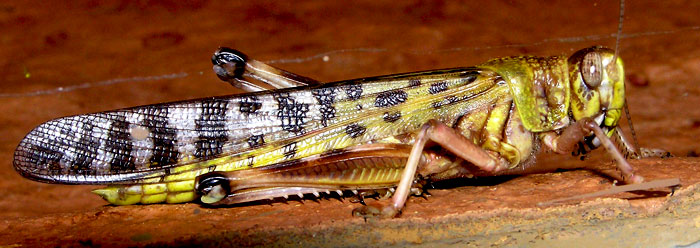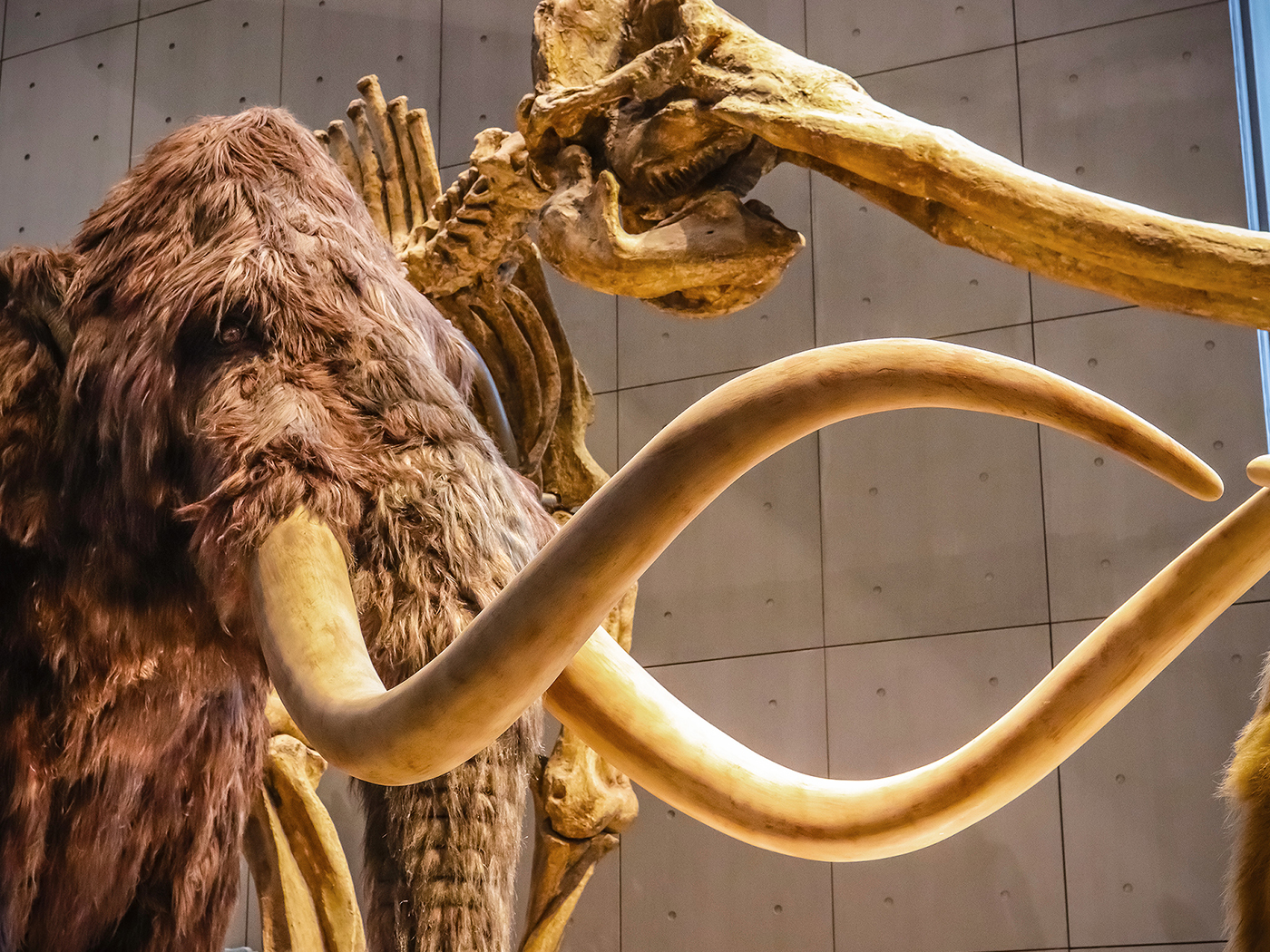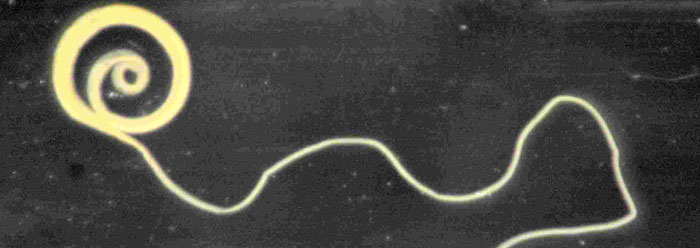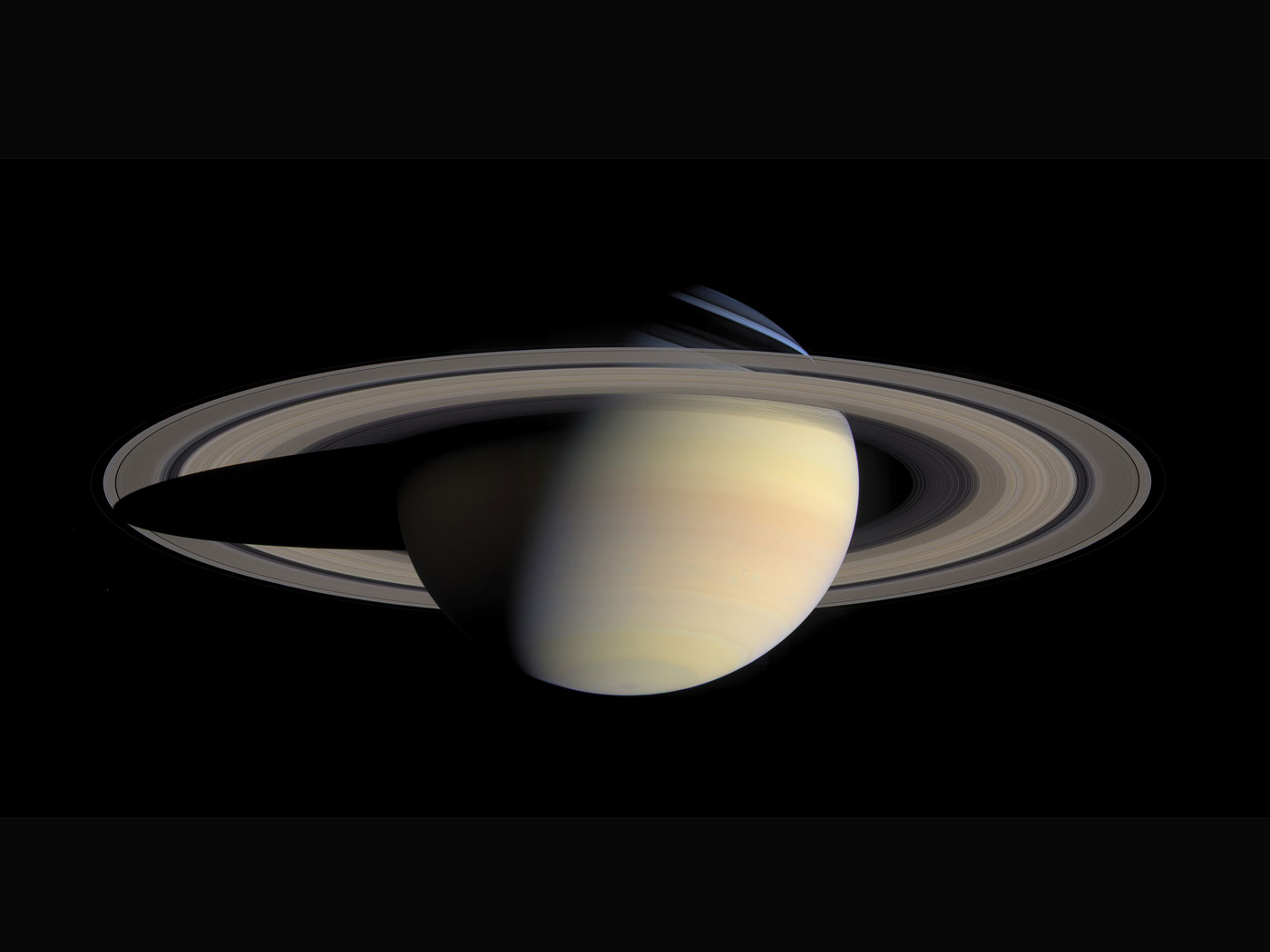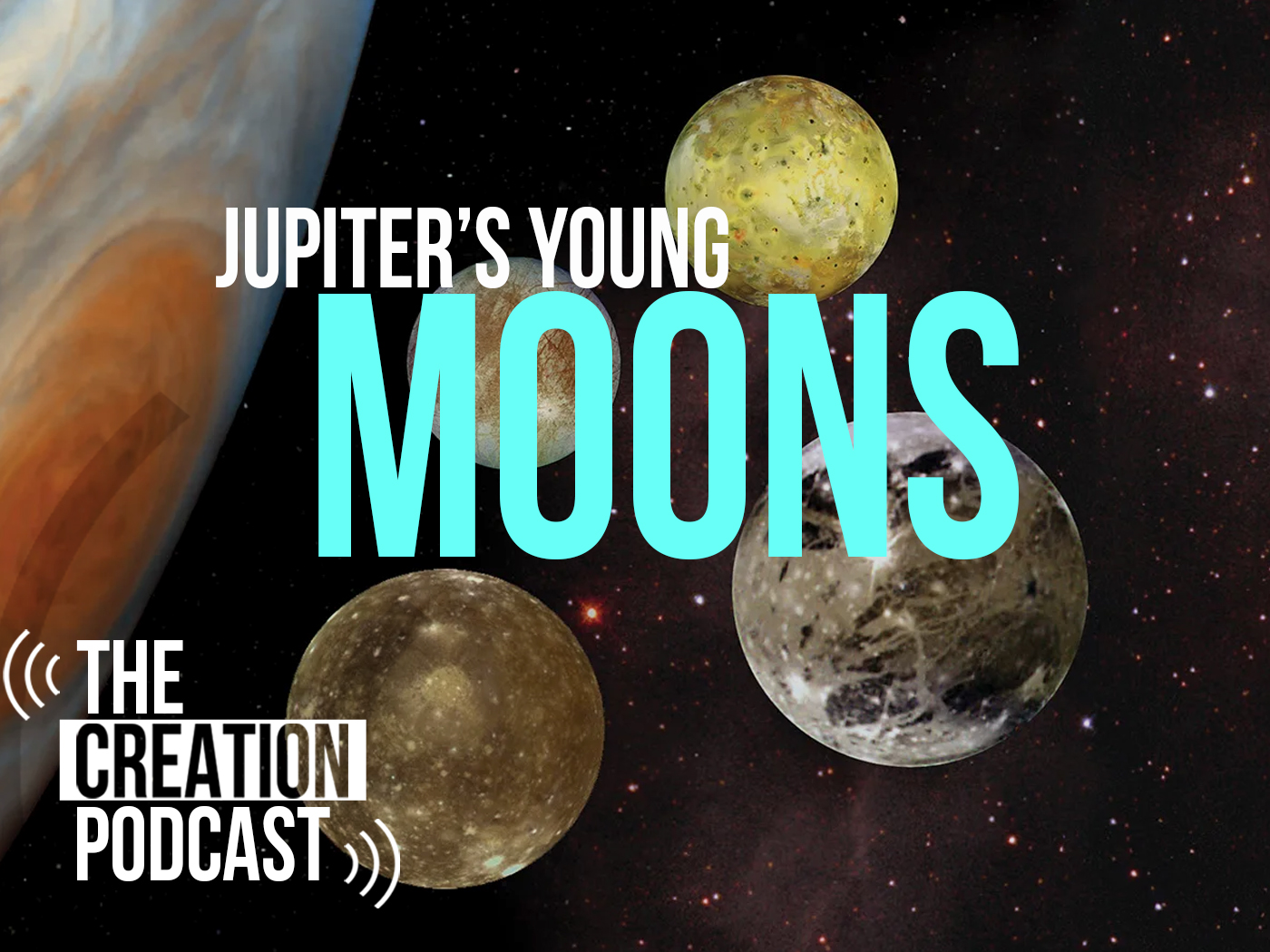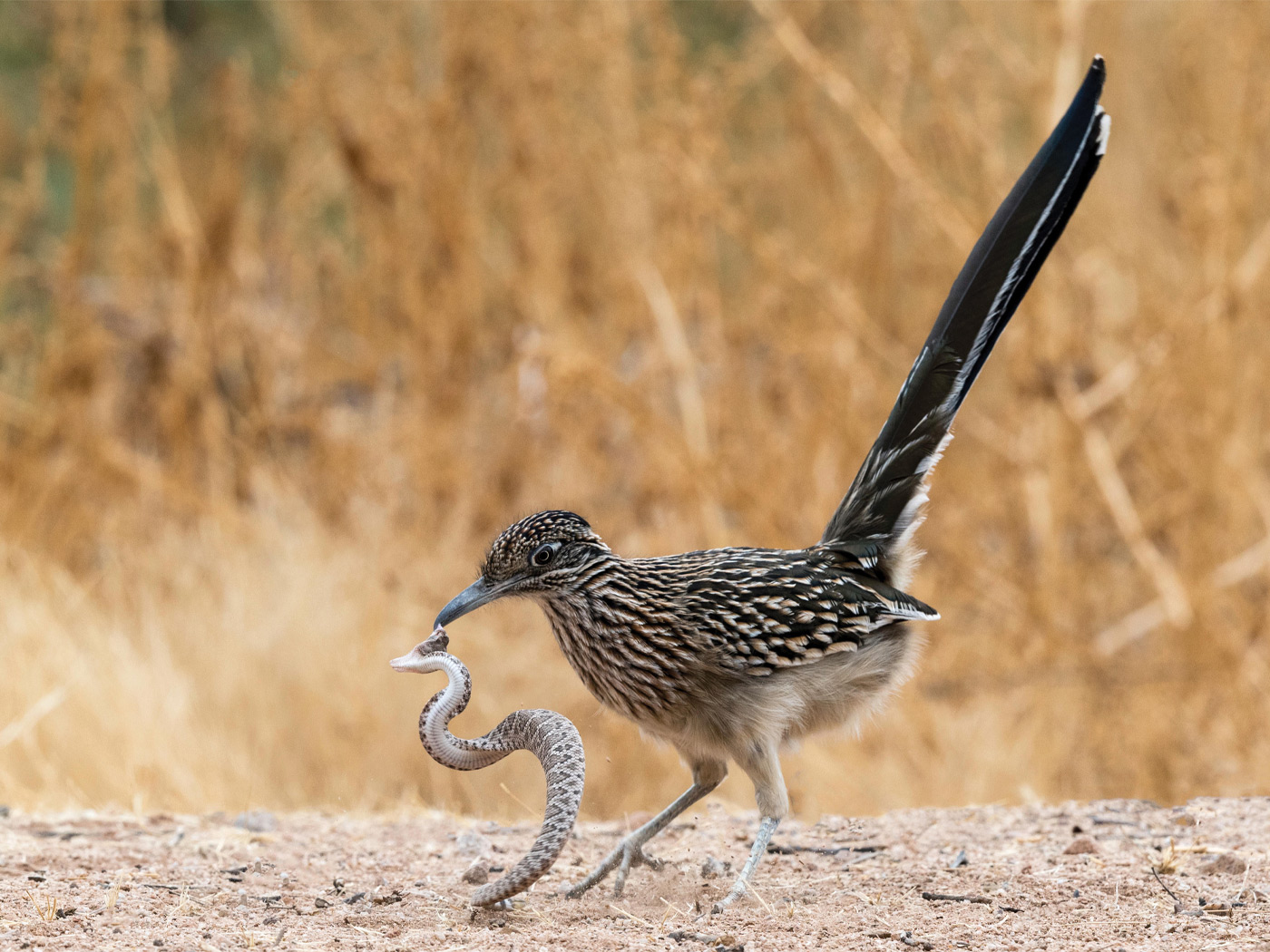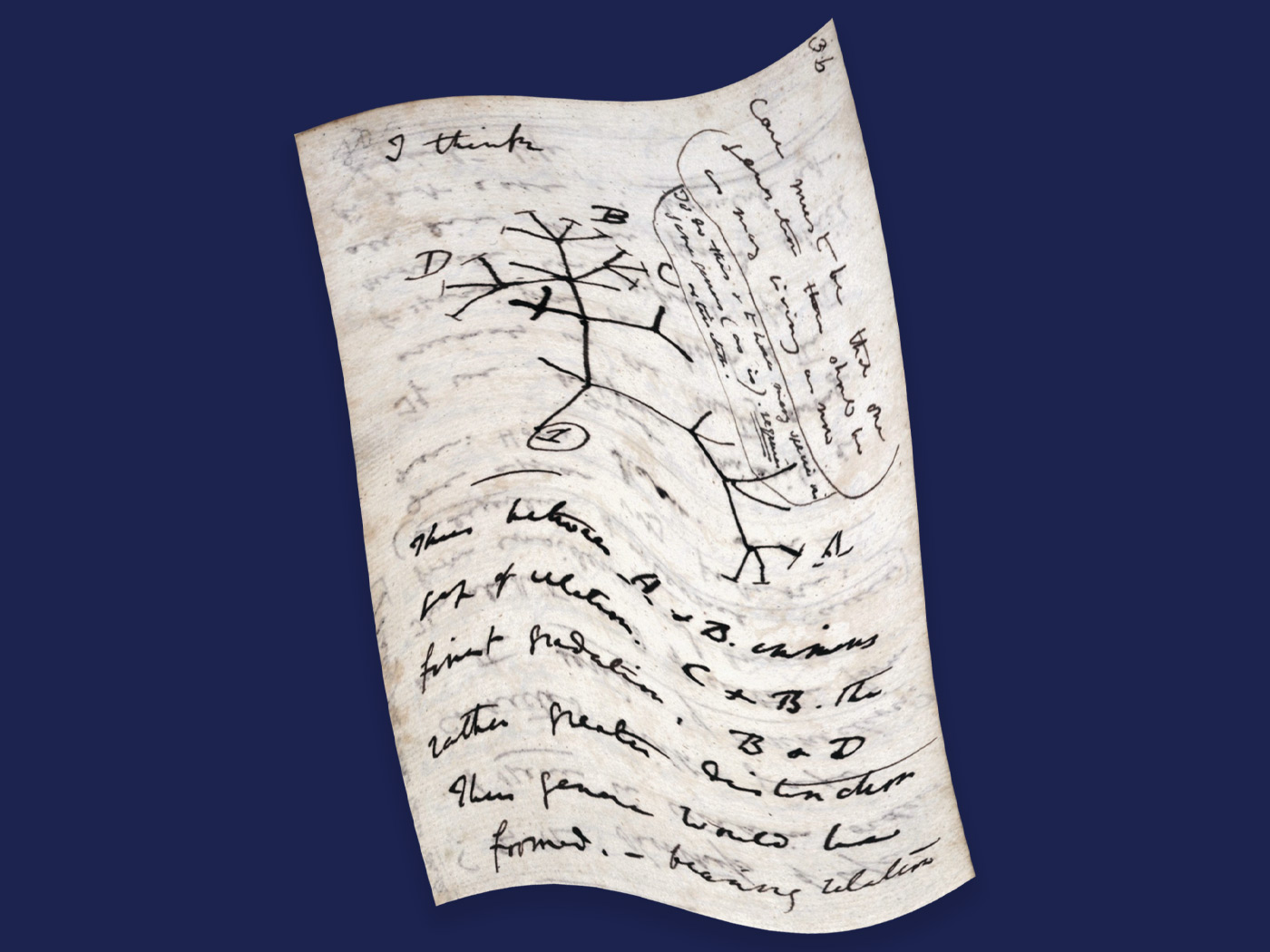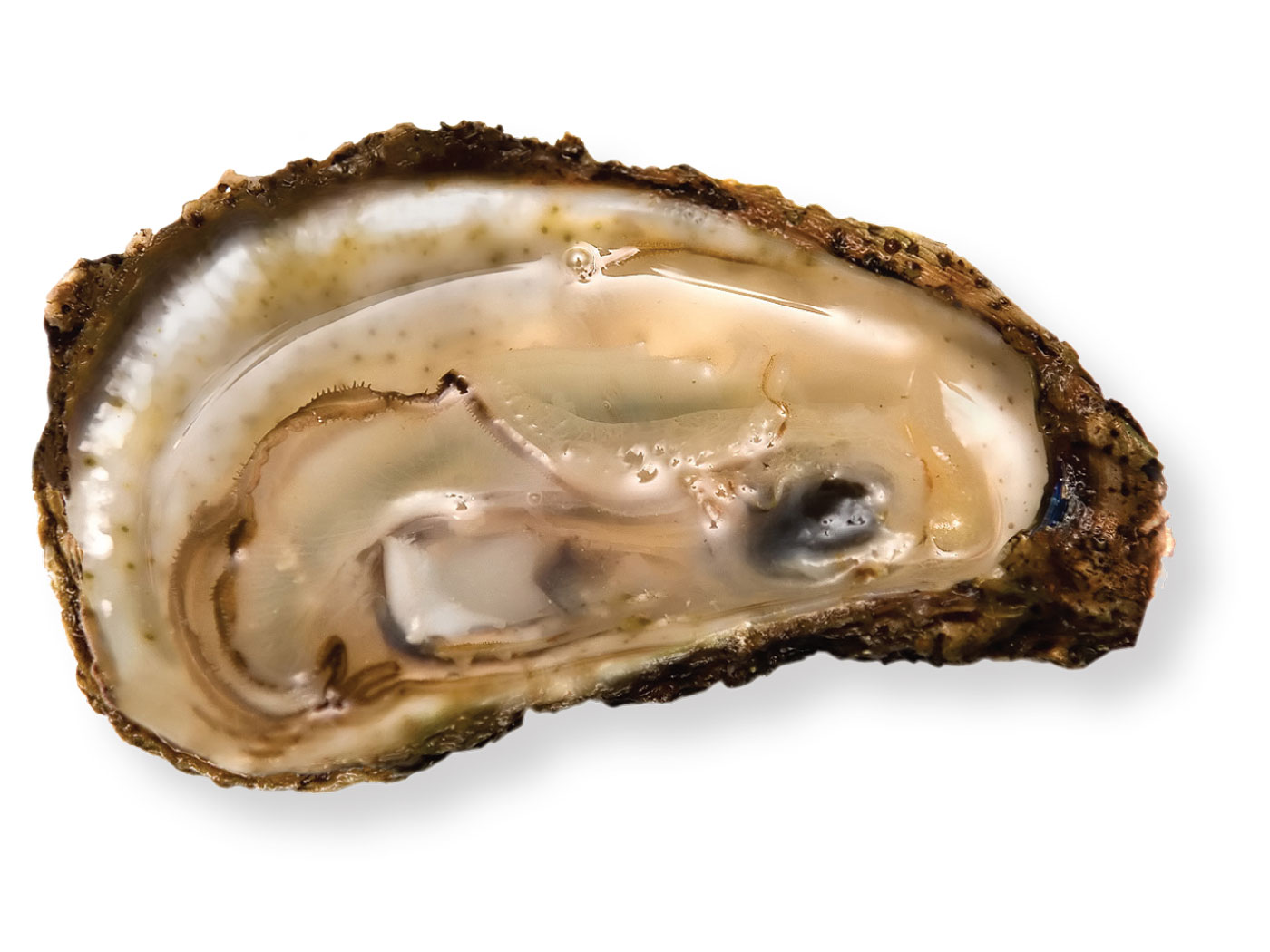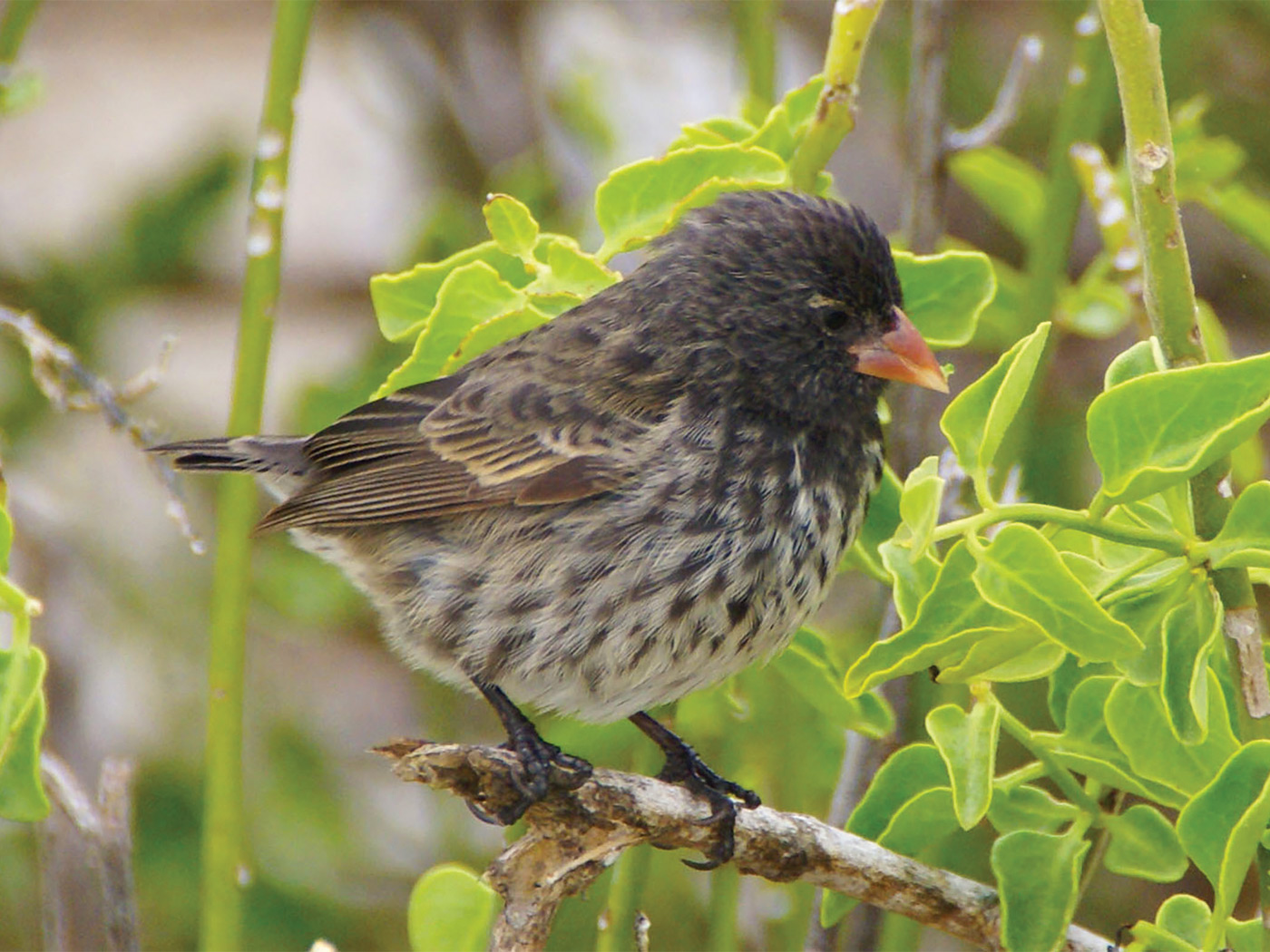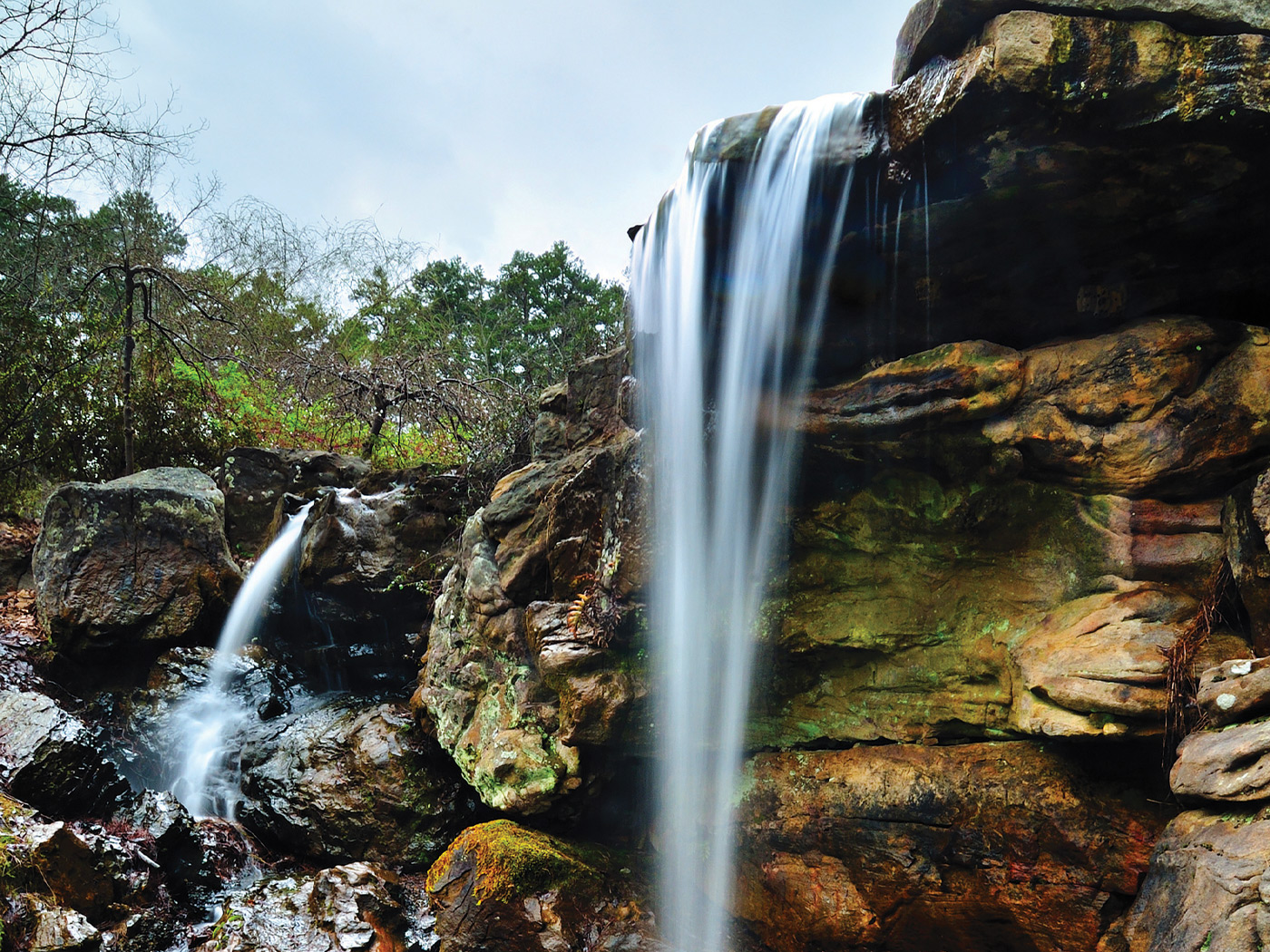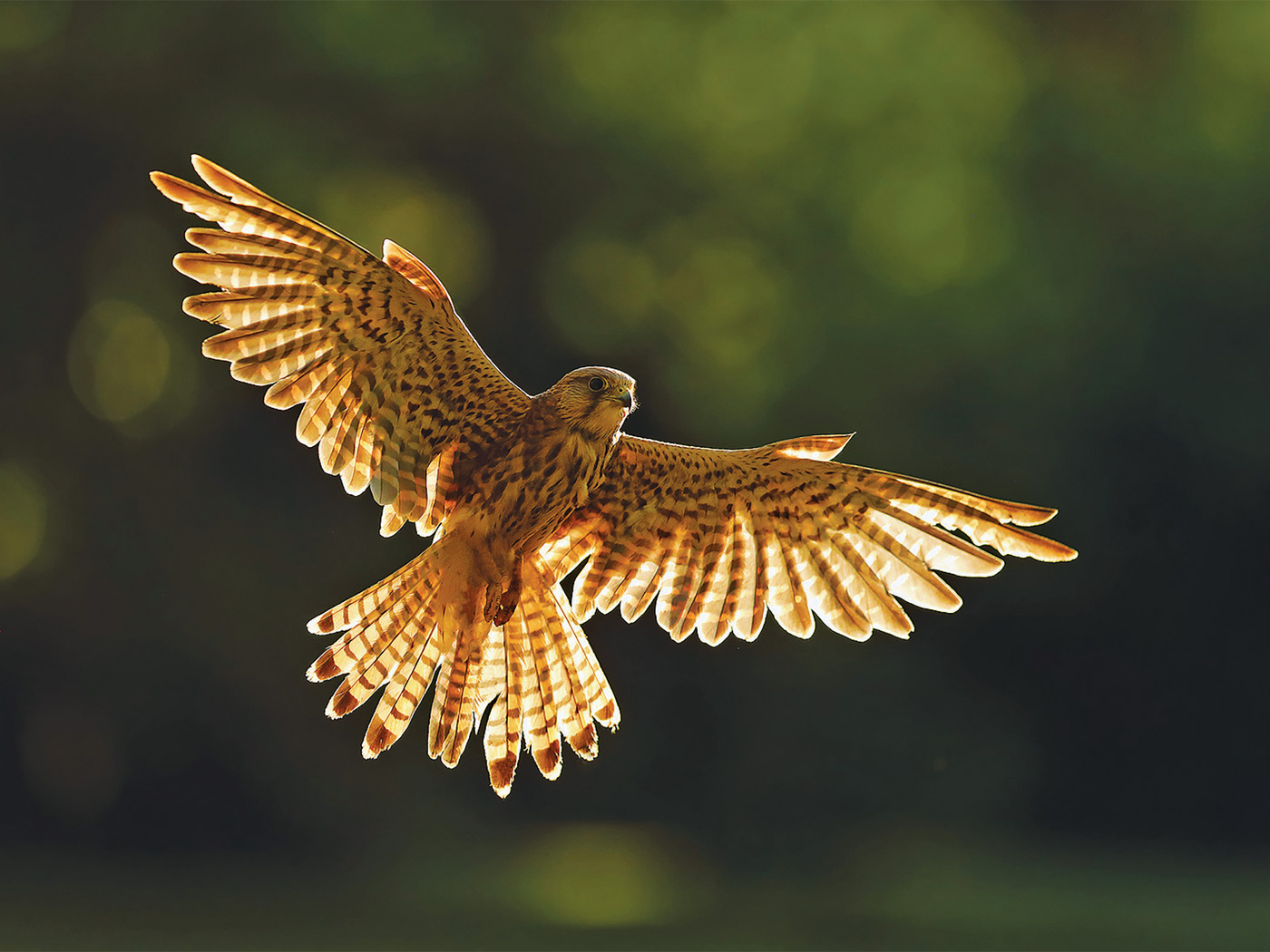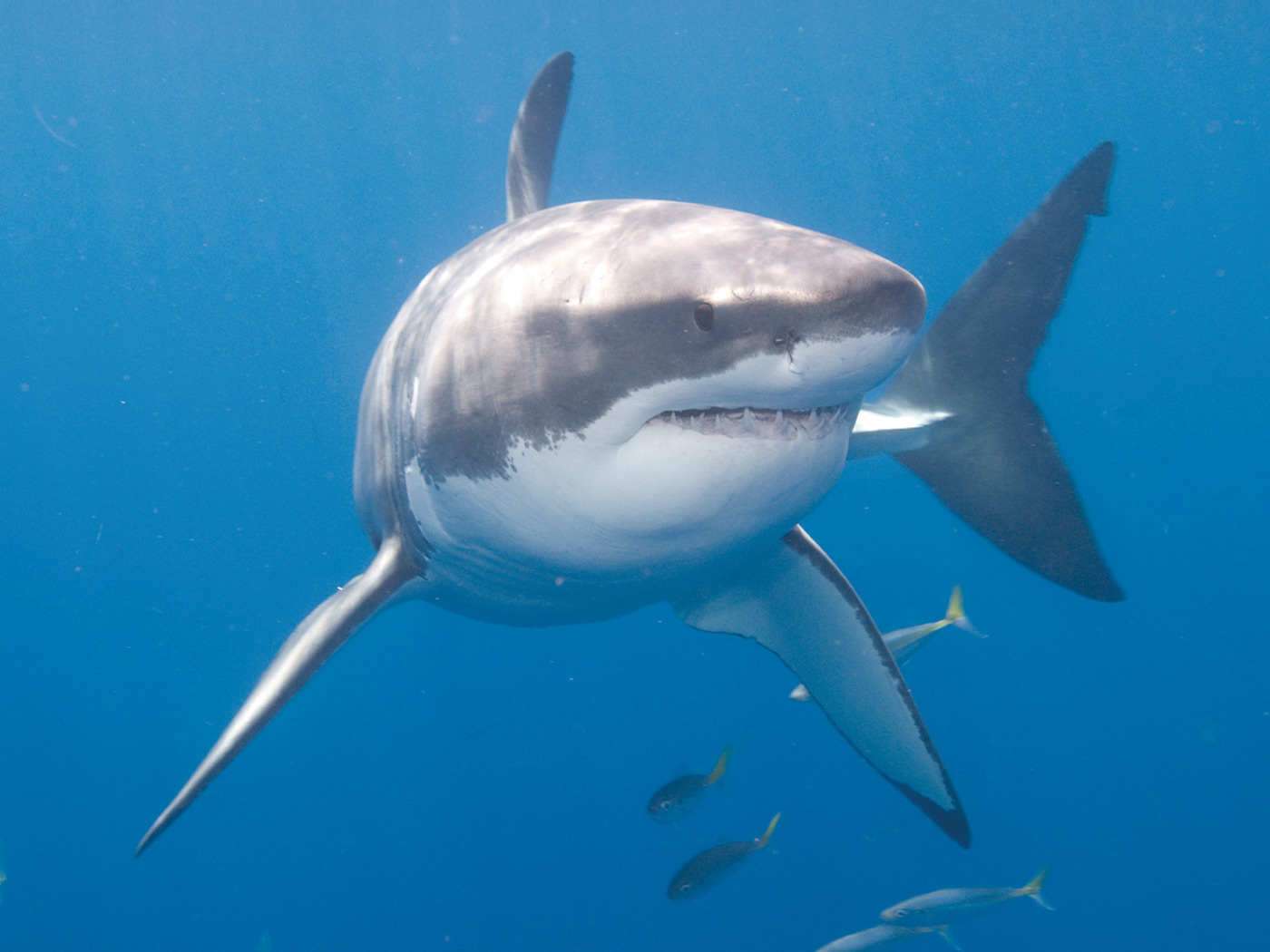Certain grasshoppers are generally mild-mannered and solitary creatures.1 However, when their population becomes dense enough, their bodies physically change and they clump together, sometimes forming the kinds of swarms that have plagued mankind throughout history.
The swarming capacity of these insects is well-known, but “there has been no convincing general explanation for the evolution of these density-dependent switches in spatial distribution.”2 In a recent study published in Current Biology, researchers have attempted to explain the origins of this behavior. Andy Reynolds of Rothamsted Research and his colleagues propose that locusts evolved their clumping and swarming capacity in order to prevent predators from being able to continuously eat them. If grasshoppers always remained solitary, they would remain spread out over wide regions, so that predators could easily devour them.
An increase in the grasshoppers’ population density triggers the swarming response, causing the insects to move en masse to a new location out of the reach of their immediate enemies. However, this explanation fails to answer the key question: How did these grasshoppers obtain the ability to transform their individual behaviors, social behaviors, external and internal physiologies so radically, and within a span of just hours?3
Even if locusts form swarms for the purpose of eluding predators, this only shows that there is a purpose involved. No evolutionary concepts are necessarily connected from this purpose to the locusts’ behavior. In fact, the relevant point is precisely that no real-world natural mechanism has been established, either by this research or in any other field, that would translate a purpose (such as evading predators) into forming a new biological structure or instinct, let alone a completely-integrated organism. Thus, the pertinent question for evolution remains unanswered, and even unexplored: How, step by step, did locusts evolve their transforming capacity?
It may well be the case that these insects clump and swarm partly for the purpose of avoiding predators. However, another study indicates that locusts begin swarming because of the threat of being eaten by neighboring locusts.4 Research does not demonstrate that either of these general explanations has, or could have, anything to do with an evolutionary development of grasshopper behavior or physiology.
It makes more sense that the purposes for locust swarms were conceived in the mind of the One who programmed locust behavior. Moreover, this Creator, unlike any undirected natural process, understands and even formulated the broad plans of the complex ecosystems in which the locusts can effectively function—either as solitary insects, or swarming hordes.
References
- Those within the family Acrididae, including locusts (swarming grasshoppers).
- Reynolds, A. et al. 2008. Predator Percolation, Insect Outbreaks, and Phase Polyphenism. Current Biology. Published online December 18, 2008.
- Rogers, S. et al. 2003. Mechanosensory-induced behavioural gregarization in the desert locust Schistocerca gregaria. Journal of Experimental Biology. 206 (22): 3991-4002.
- Cannibals drive locust march. Oxford University press release, May 9, 2008, regarding the study published in Current Biology by Bazai, S. et al, 2008, Collective Motion and Cannibalism in Locust Migratory Bands, 18 (10): 735-739.
* Mr. Thomas is Science Writer.
Article posted on January 8, 2009.




